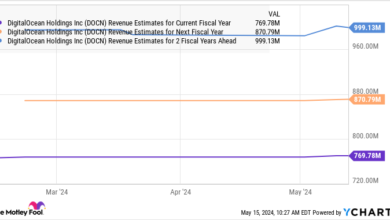Enhancing Acquisition Outcomes through Leveraging of Artificial Intelligence

Despite the “sudden” arrival of AI in the mainstream, many early pioneers within the government ecosystem have already worked directly or experimented indirectly with AI. An understanding of the current state—disjointed though it might be—is necessary to comprehend the important successes and failures as the collective federal government seeks to offer varying degrees of top-down guidance. This analysis of the current state will put AI’s impact on acquisition into perspective, highlighting the existing gaps and known areas of opportunity and risk and recognizing that for every known area there are likely to be a plethora of unknowns.
The implementation of new technology immediately alerts acquisition professionals that demand for new products and services will surge. However, implementing AI in a responsible and safe way is the dimension that will make developing, acquiring, maintaining, implementing, using, incorporating, etc. AI systems far different from approaches to previous adoption of any other technology by the federal acquisition community. It is in the acquisition community’s best interest to become involved and have a voice in formulating new regulations that govern how to meet the goals of AI implementation. The acquisition community must ensure that its regulations are compatible with existing processes and address ways in which AI can improve notoriously inefficient acquisition processes—without displacing human insight and expertise. In other words, acquisition professionals should not think only about how to acquire AI but also about how to integrate it within the federal acquisition workflow. They must work toward this future state now, to adopt AI at the speed of relevance and maintain America’s strategic advantage.
The recommendations in this paper, therefore, focus on how the government can reach this future state. It puts forth and advocates actionable insights based on independent, successful instances of AI use within government as well as industry suggestions based on accelerated implementation of AI in the private sector.



